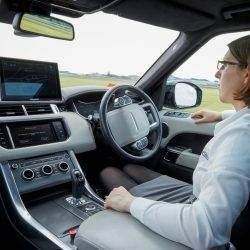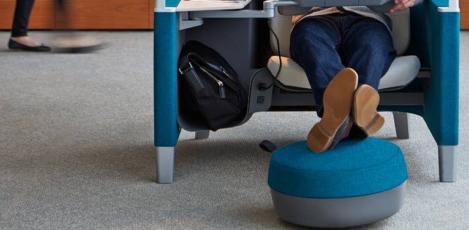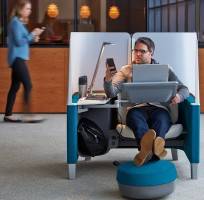June 29, 2017
Self-employed would value receiving sick pay above other benefits 0
 UK micro-business owners and freelancers would be more interested in receiving sick pay than any other statutory benefit, according to new research carried out in collaboration between cloud accounting software firm FreeAgent and The Freelancer & Contractor Services Association (FCSA). A poll of nearly 900 UK micro-business owners conducted by FreeAgent and FCSA claims that sick pay provision is the benefit that self-employed workers would most welcome, coming way ahead of other benefits such as maternity pay, job seekers allowance and pension auto-enrolment. The survey claims that 76 percent of respondents currently do not have any method of providing sick pay, maternity/paternity leave, holiday or redundancy pay in their business. Projected across the country’s 5.2 million-strong micro-business sector, this potentially equates to millions of people working without the same kind of basic entitlements that employed workers have. Notably, people’s appetites for additional benefits varied depending on the structure of their business with sole traders more likely to value benefits (rating sickness provision 8.7 out of 10) compared to those working through their own limited companies who gave a score of 6.4 out of 10 for sickness provision.
UK micro-business owners and freelancers would be more interested in receiving sick pay than any other statutory benefit, according to new research carried out in collaboration between cloud accounting software firm FreeAgent and The Freelancer & Contractor Services Association (FCSA). A poll of nearly 900 UK micro-business owners conducted by FreeAgent and FCSA claims that sick pay provision is the benefit that self-employed workers would most welcome, coming way ahead of other benefits such as maternity pay, job seekers allowance and pension auto-enrolment. The survey claims that 76 percent of respondents currently do not have any method of providing sick pay, maternity/paternity leave, holiday or redundancy pay in their business. Projected across the country’s 5.2 million-strong micro-business sector, this potentially equates to millions of people working without the same kind of basic entitlements that employed workers have. Notably, people’s appetites for additional benefits varied depending on the structure of their business with sole traders more likely to value benefits (rating sickness provision 8.7 out of 10) compared to those working through their own limited companies who gave a score of 6.4 out of 10 for sickness provision.



























 With the Met Office predicting that the hot weather looks set to continue for much of this week, workplace expert Acas, has offered some tips to help employers manage workplace challenges due to the hot weather. From a legal perspective, it advises that workplace temperatures should be reasonable as the Health & Safety Executive (HSE) has stated that the temperature in all workplaces inside buildings must be reasonable. The HSE offers
With the Met Office predicting that the hot weather looks set to continue for much of this week, workplace expert Acas, has offered some tips to help employers manage workplace challenges due to the hot weather. From a legal perspective, it advises that workplace temperatures should be reasonable as the Health & Safety Executive (HSE) has stated that the temperature in all workplaces inside buildings must be reasonable. The HSE offers 






